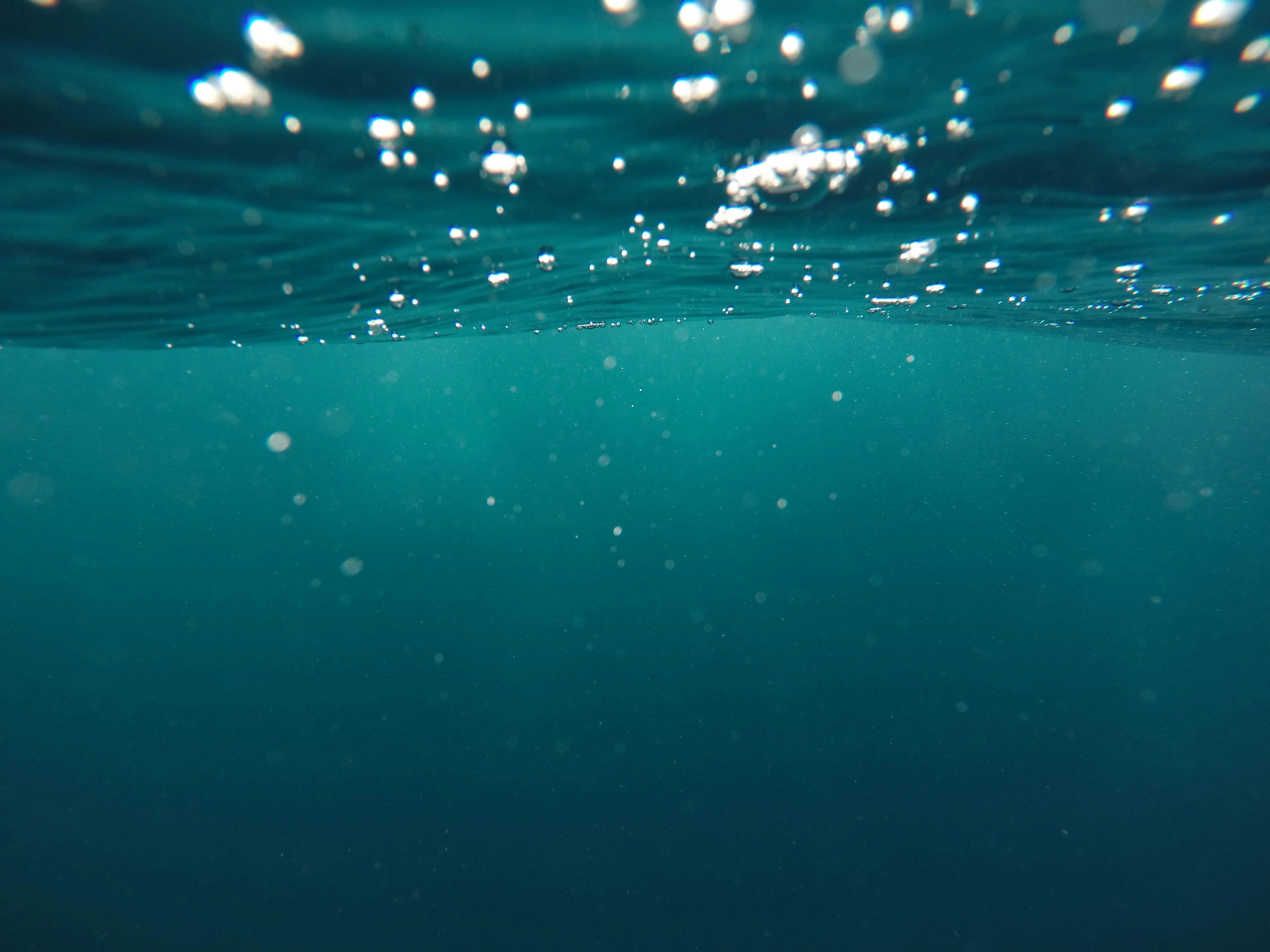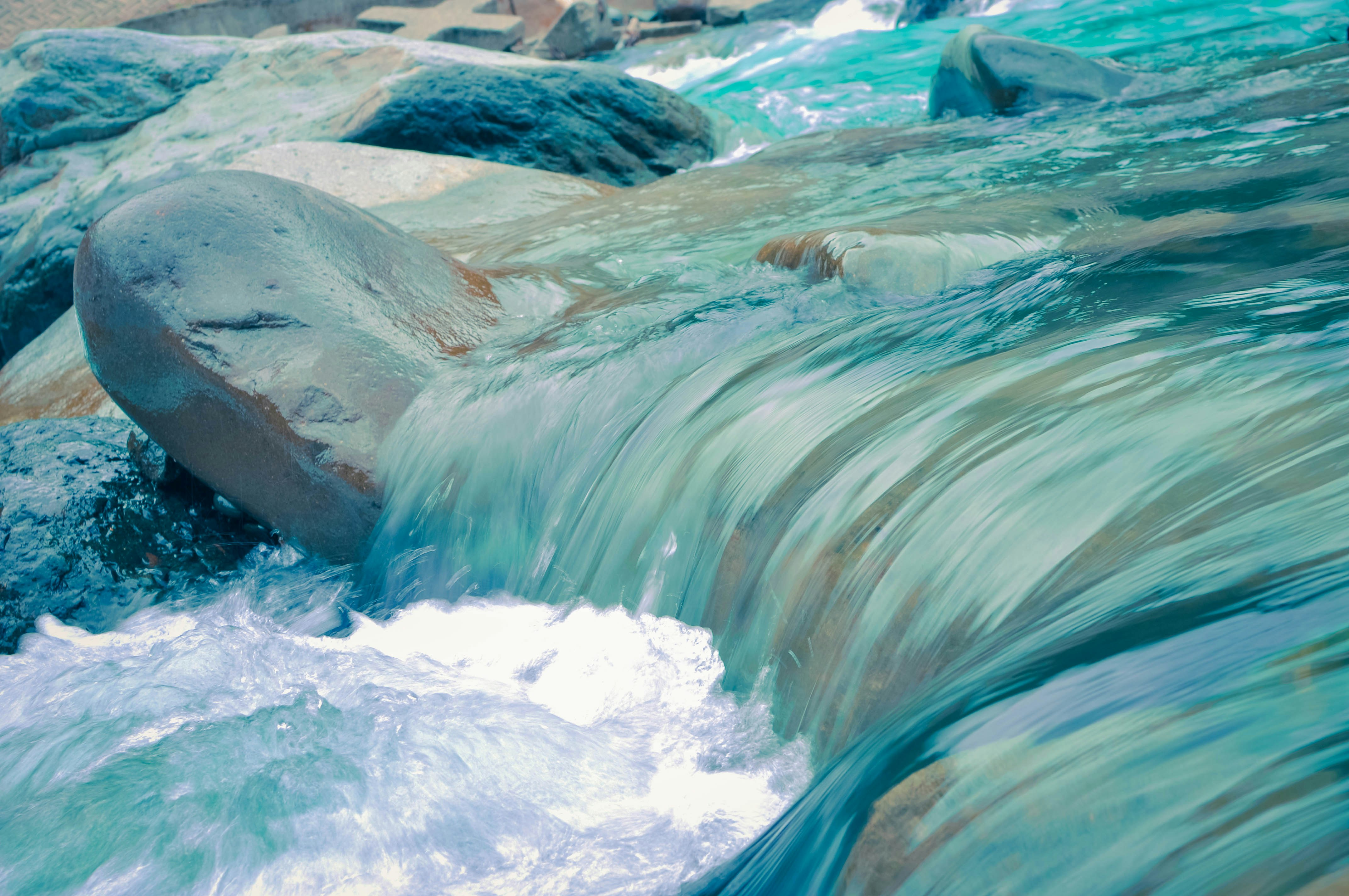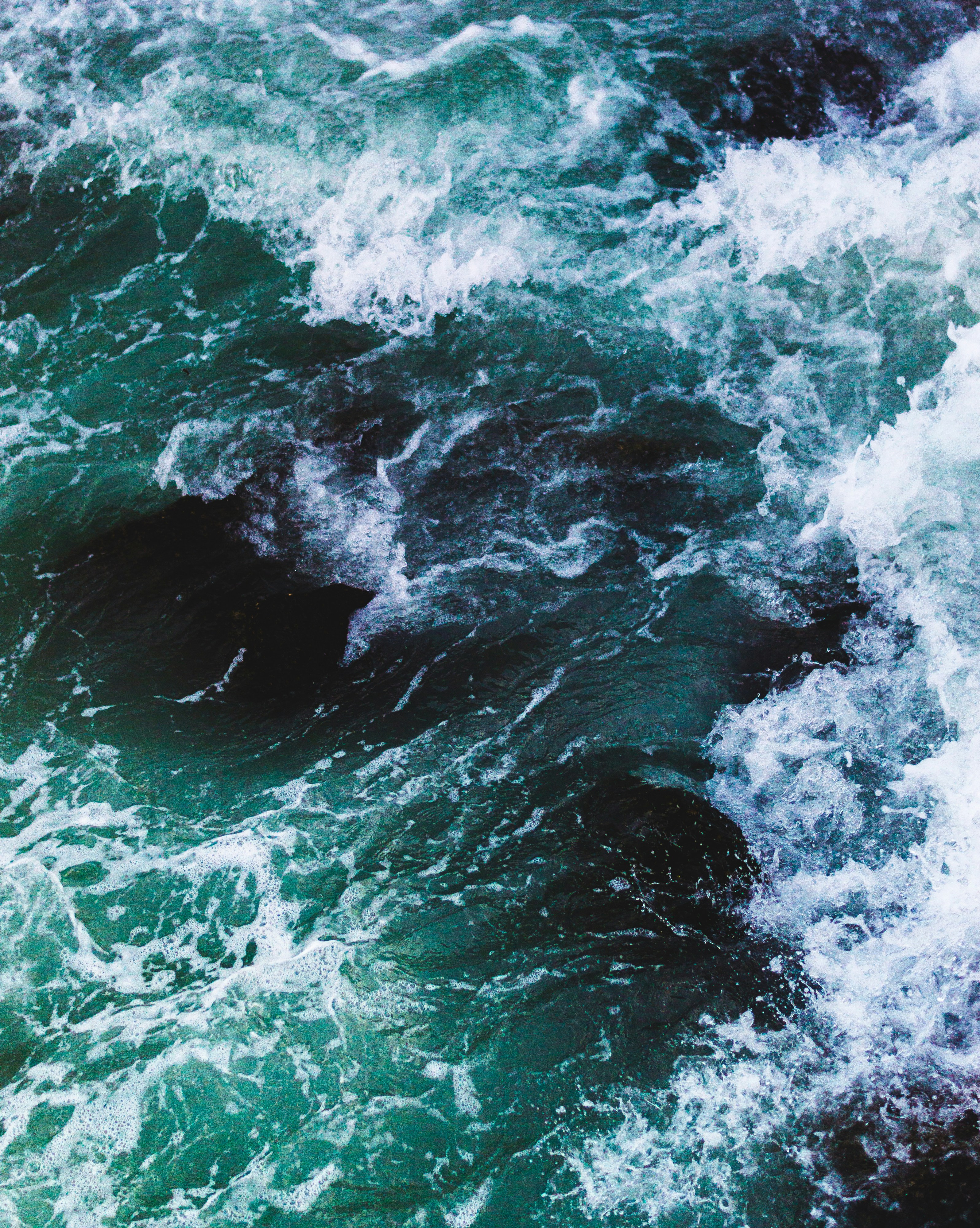Have you ever wondered what happens behind the scenes when athletes push their bodies to the limit? It’s not just about the hours they spend training; recovery is a crucial part of their regimen. One increasingly popular method for athletes to speed up recovery and enhance performance is cold water immersion. But what exactly are the benefits of this chilly remedy, and do you need to take an icy plunge to enjoy them? Let’s embark on this chilly journey to uncover the intricacies and applications of cold water immersion in athletic recovery.
The Chilling Reality: What is Cold Water Immersion?
Cold water immersion (CWI) is a recovery method that involves immersing the body in cold water after intense exercise. It’s often used by athletes who are looking to reduce muscle soreness, inflammation, and fatigue post-exercise. The process is fairly simple: athletes immerse themselves in a cold tub, often just above the freezing point, for a set period. While it might sound daunting, the potential benefits are worth considering.
The Science Behind the Cold
What does dipping into cold water do to your body? The method leverages the vasoconstriction brought on by cold temperatures. When you immerse yourself in cold water, your blood vessels constrict, reducing blood flow to the muscles. Once you emerge, these vessels dilate, leading to an influx of oxygen-rich blood. This process is believed to help flush out metabolic waste while reducing inflammation and swelling.
The subsequent rush of blood is akin to opening a floodgate, rejuvenating tired muscles and potentially accelerating the repair process. But is the science rock solid? That’s where the debate often begins, as experts continue to explore the mechanisms and efficacy of CWI in depth.
The Benefits of Cold Water Immersion
A Refreshing Take on Muscle Recovery
Many athletes report feeling invigorated after a cold plunge, citing reduced muscle soreness and a quicker recovery time. By decreasing muscle temperature and localizing inflammation, CWI can help manage delayed onset muscle soreness (DOMS)—that post-workout ache most athletes know too well.
Curbing Inflammation
Inflammation post-exercise is a natural response as the body works to repair muscle fibers. However, excessive inflammation can lead to prolonged discomfort and interfere with training schedules. CWI is thought to mitigate this process, helping athletes maintain a regular training regime without the interruption of persistent muscle soreness.
A Cool Mind: Psychological Benefits
There’s also a psychological aspect to consider. Some athletes find the discipline and mental fortitude required to withstand cold immersion beneficial, providing a mental boost that complements the physical relief. Stepping out of the cold water victorious can instill a sense of resilience and readiness to tackle future physical challenges.
Diving Deeper: How Cold Water Immersion Compares
Cold Water vs. Ice Baths vs. Contrast Therapy
You might hear these terms used interchangeably, but they aren’t quite the same:
- Cold Water Immersion: Sustained immersion at temperatures typically ranging from 50°F (10°C) to 59°F (15°C) for 10-15 minutes.
- Ice Baths: Incorporates actual ice to lower the water temperature, often between 50°F (10°C) to 59°F (15°C), but with ice floating in the bath.
- Contrast Therapy: Alternates between hot and cold water immersion, purportedly promoting circulation and reducing muscle fatigue.
Here’s a quick comparison:
| Method | Temperature | Duration | Key Benefits |
|---|---|---|---|
| Cold Water Immersion | 50°F (10°C) – 59°F (15°C) | 10-15 minutes | Reduces inflammation, speeds recovery |
| Ice Baths | Similar to CWI | Up to 20 minutes | Potentially more intense due to ice presence |
| Contrast Therapy | Alternating hot/cold | Varies | Boosts circulation, reduces fatigue |
Understanding these distinctions can help you choose the method that aligns best with your recovery goals.
Potential Risks and Considerations
Before you grab your swimsuit and jump in, it’s crucial to be aware of some considerations. Cold water immersion isn’t risk-free, and its effects can vary widely.
Understanding the Risks
- Hypothermia: Extended exposure can lead to dangerous drops in body temperature.
- Heart Rate Effects: Those with heart conditions should be cautious, as cold immersion can affect heart rate and blood pressure.
- Diminished Adaptations: Some studies suggest immediate post-exercise CWI might blunt muscular adaptations, potentially impacting strength gains.
Balancing Act: When and How to Use CWI
Not every cold soak session should follow every workout. The frequency and timing depend on your training goals. Periodic immersion can complement peak training phases or follow particularly grueling workouts. Consult with a coach to tailor the approach to your specific regimen.
Cold Water Immersion Across Different Sports
Different sports place varying demands on athletes’ bodies. Consequently, CWI can be adapted to suit these unique needs.
Endurance Sports: Building Resilience
For endurance athletes like runners and cyclists, CWI can be particularly beneficial. These sports typically cause pronounced muscle fatigue and damage, making quick recovery a priority. Cold immersion helps these athletes prepare for high-mileage weeks.
Team Sports: Quick Recovery for Back-to-Back Games
Sports that involve frequent games, such as basketball or soccer, often require rapid recovery between matches. CWI helps athletes shake off accumulated fatigue and prepare mentally and physically for the next game, providing a fresh start.
Strength Sports: A Word of Caution
Powerlifters or bodybuilders may approach CWI with caution. The potential blunting of anabolic signaling and strength gains should be considered, as CWI may not be ideal immediately post-training if hypertrophy is the goal. Instead, it might be reserved for recovery phases.
Crafting a Cold Water Immersion Plan: Step-by-Step
Setting the Stage
Customization is key. A general guideline might include immersing in cold water for 10-15 minutes at a temperature of 50°F to 59°F (10°C to 15°C) immediately after exercise, but the ultimate plan should be personalized.
- Determine Goals: Establish what you aim to achieve with CWI. Is it quicker recovery, improved mental resilience, or reduced DOMS?
- Monitor Responses: Keep tabs on how your body responds to sessions. Are you recovering faster, or experiencing signs of hypothermia or discomfort?
- Adjust Accordingly: Modify the duration, frequency, and temperature based on your goals and responses.
Incorporating CWI into Broader Recovery Protocols
Remember, CWI is just one tool in the athlete’s recovery toolkit. Combine it with other modalities like stretching, massage, hydration, and nutrition for a comprehensive recovery approach.

The Ice-Cold Conclusion
As more athletes look to gain the upper hand in competition, leveraging every possible advantage is crucial. Cold water immersion presents an intriguing opportunity, offering potential benefits that range from reduced inflammation to mental resilience. While the science continues to evolve, practical experience from athletes suggests that, with the proper protocol, there are tangible gains to be had.
Ultimately, the decision to embrace CWI is a personal one—albeit one enriched by data, anecdote, and painstaking experimentation. Whether you’re a weekend warrior or an elite competitor, exploring your unique recovery needs and responses is part of the ongoing journey to peak performance. Each cold plunge, therefore, represents more than a mere chill; it’s a step toward unlocking your athletic potential in an unexpectedly refreshing way.




